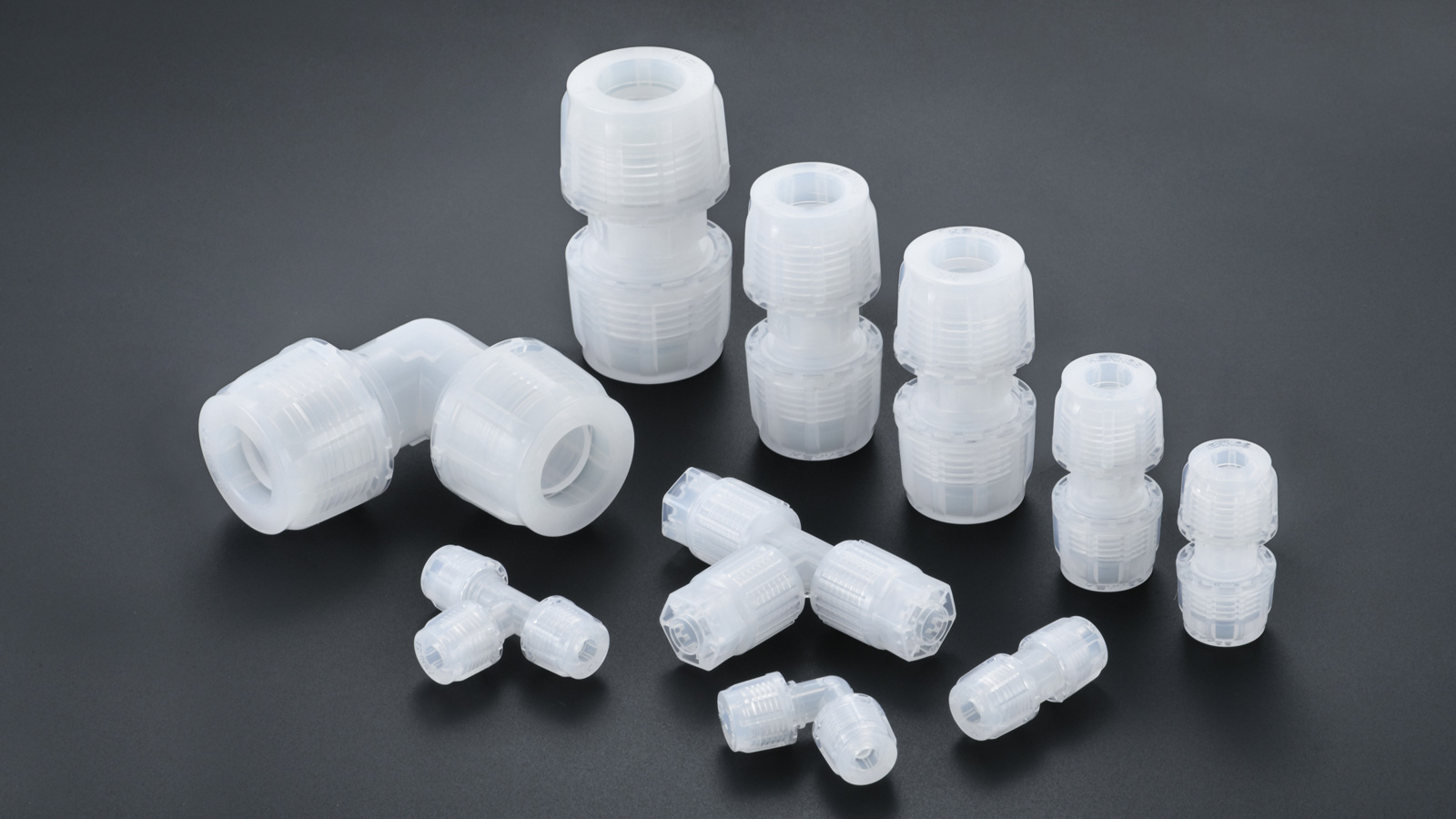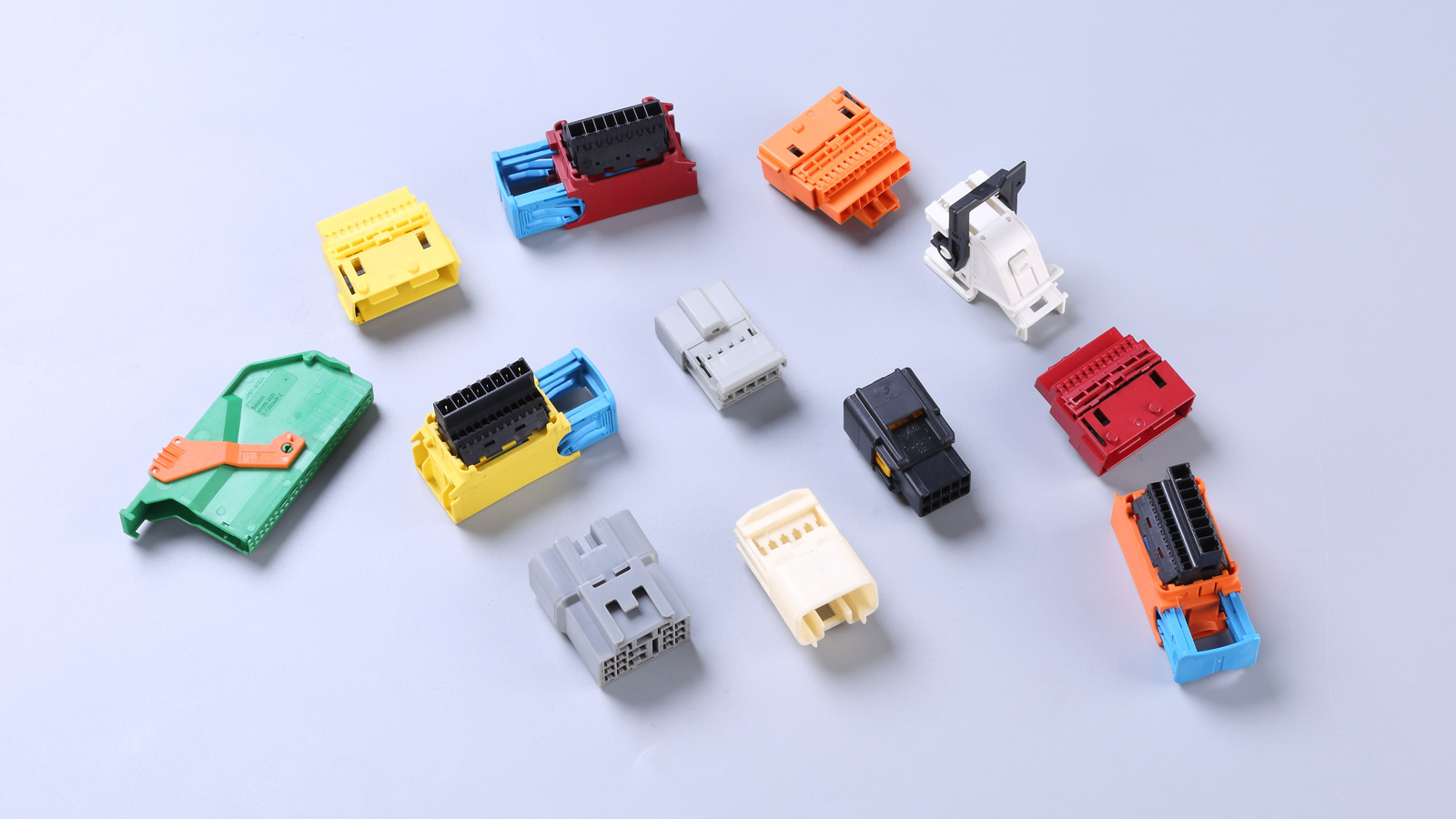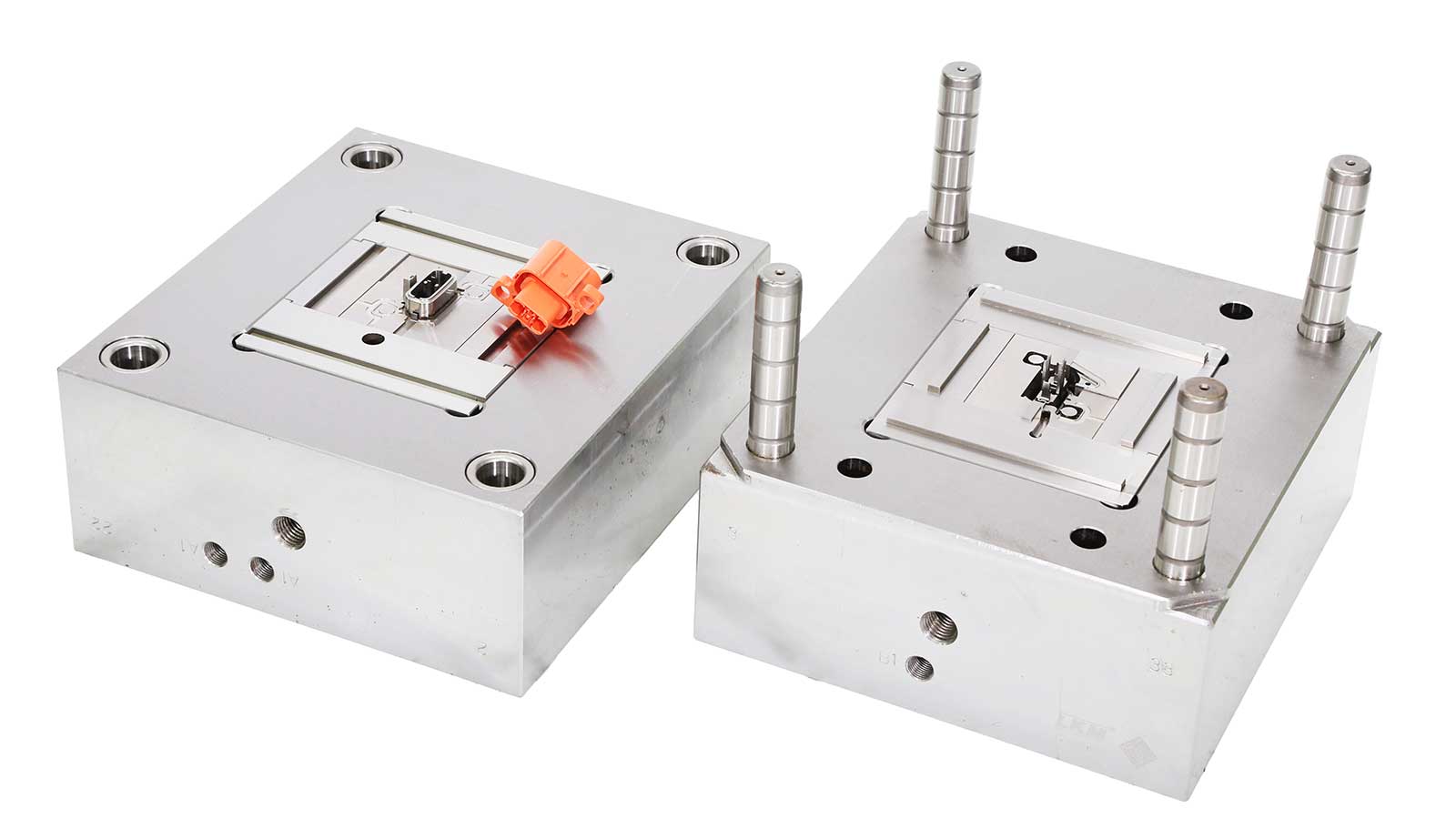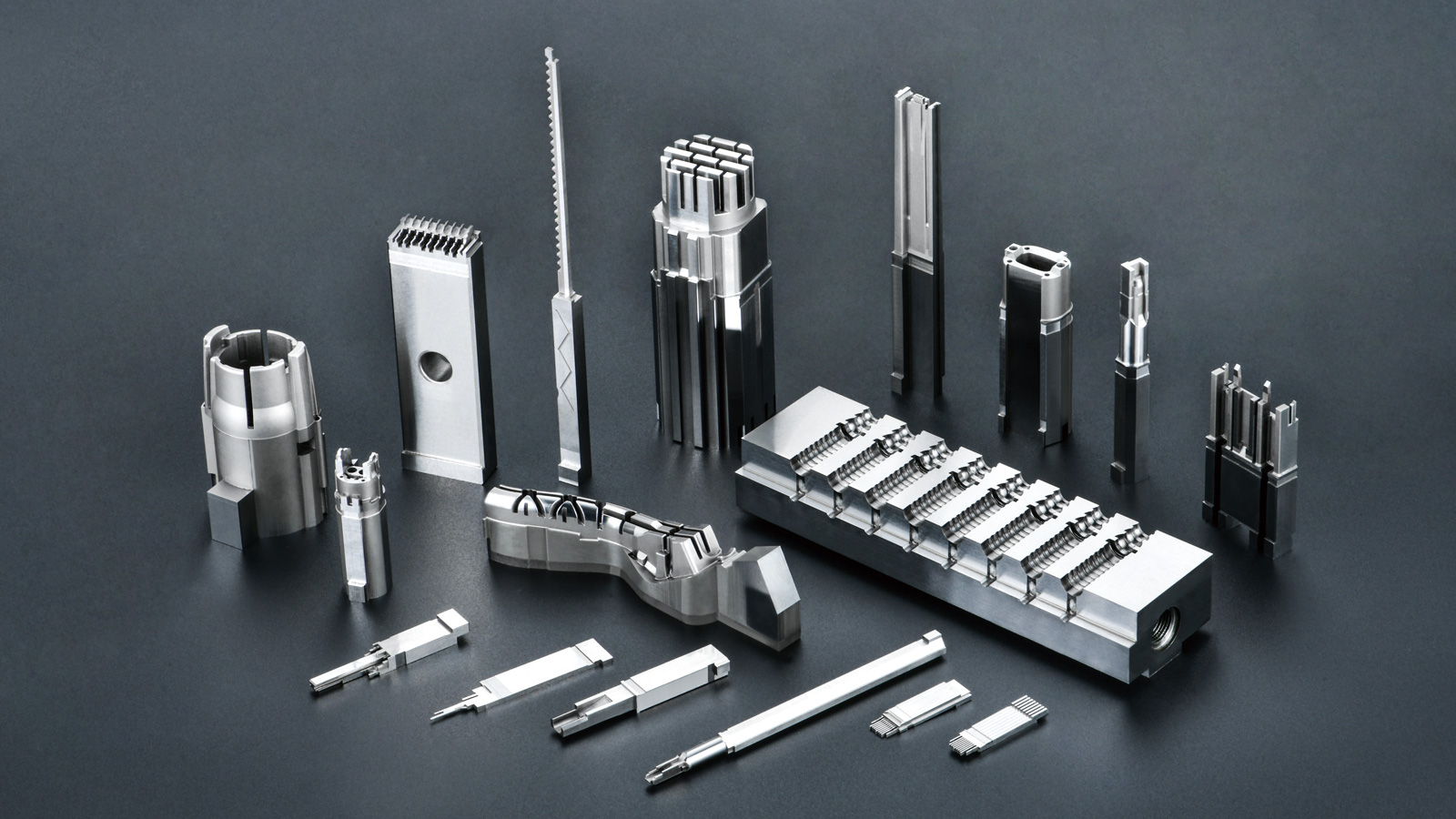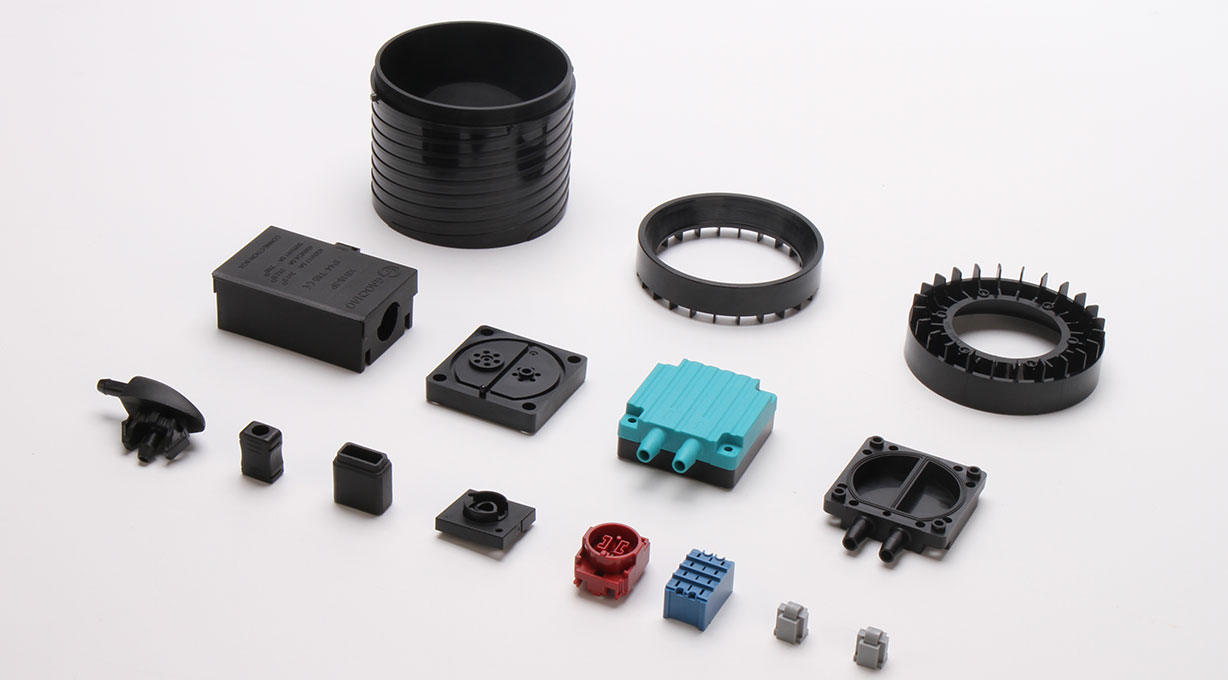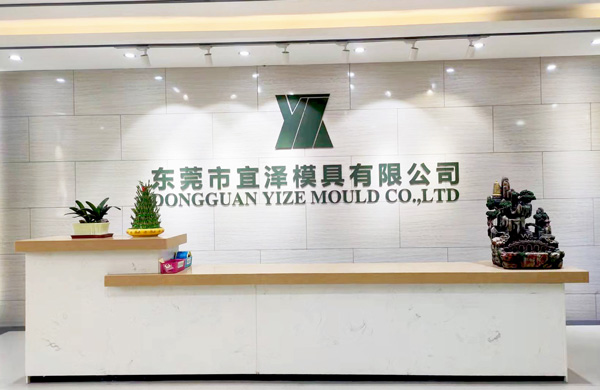In the vast stage of the automotive manufacturing industry, automotive injection-molded parts (such as automotive connectors) play an indispensable role due to their unique charm. They not only affect the performance of automobiles but also influence the manufacturing costs to some extent. Today, we will comprehensively analyze the advantages and disadvantages of automotive injection molded parts, learn more about this important element in the automotive manufacturing field.
Five Advantages of Automotive Injection Molded Parts
-
Lightweight Design, Energy Saving and Consumption Reduction
Plastics, with their lower density, provide possibilities for lightweight automotive design. Replacing some metal components with injection molded parts can effectively reduce the overall weight of the vehicle, thereby lowering fuel consumption and improving fuel economy. -
Rapid Processing, Efficiency Doubled
The injection molding process, with its high efficiency and flexibility, can quickly produce complex-shaped components. This advantage greatly improves production efficiency, meeting the demand for speed in automotive manufacturing. -
Cost Controllable, Economical and Affordable
Compared to metal materials, plastic raw materials are more affordable, and the production cost of the injection molding process is also relatively low. This makes automotive injection molded parts have significant advantages in cost control. -
Mass Production, Meeting Demand
The injection molding process is highly suitable for mass production and can easily handle the large demand for components in the automotive industry, ensuring the stability and efficiency of the supply chain. -
High Customizability, Meeting Individual Needs
By flexibly adjusting the injection mold and process parameters, components of various shapes, sizes, and performances can be produced, fully meeting the individualized needs of automotive manufacturing.
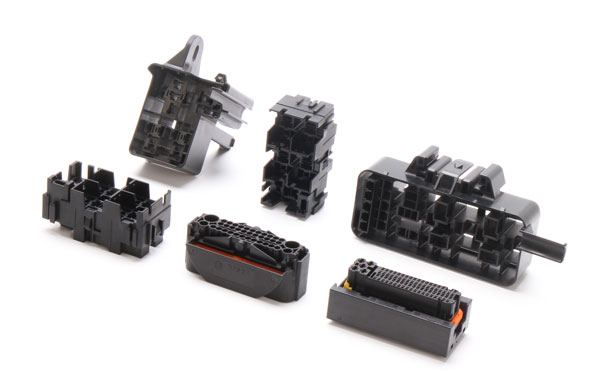
Five Limitations of Automotive Injection Molded Parts
-
Poor Heat Resistance, Affecting Safety
Plastics have inferior heat resistance compared to metal materials, and prolonged exposure to high temperatures may lead to performance degradation, affecting the safety and service life of the vehicle. -
Insufficient Strength and Stiffness, Limited Stability
Plastics have relatively low strength and stiffness, which may weaken the stability and safety of the vehicle to some extent, especially when subjected to large external forces. -
Prone to Aging, Limited Lifespan
Plastics exposed to sunlight, moisture, and oxygen for long periods are prone to aging, leading to performance decline and affecting their service life. -
Poor Impact Resistance, Safety Hazards
Compared to metal materials, plastics have poorer impact resistance and may pose safety hazards to the vehicle in the event of collisions or other accidents. -
Environmental Issues to be Addressed, Pollution Risks
Plastic is not easily degradable and is difficult to dispose of after being discarded, potentially causing long-term environmental pollution. This has become an environmental challenge that needs to be addressed urgently in the automotive manufacturing field.
Conclusion and Outlook
In summary, while automotive injection molded parts bring numerous advantages, they also come with some non-negligible limitations. We need to weigh their pros and cons in practical applications and take measures to improve and optimize them. Looking ahead, with the continuous development of the automotive industry and technological advancements, injection molded parts will move toward higher quality, lower costs, repeatable production, environmental friendliness, energy efficiency, and multifunctionality. At the same time, we will actively explore new materials and process technologies to make automotive injection molded parts more suitable for the needs of future automotive development and contribute to the sustainable development of the automotive manufacturing industry.

